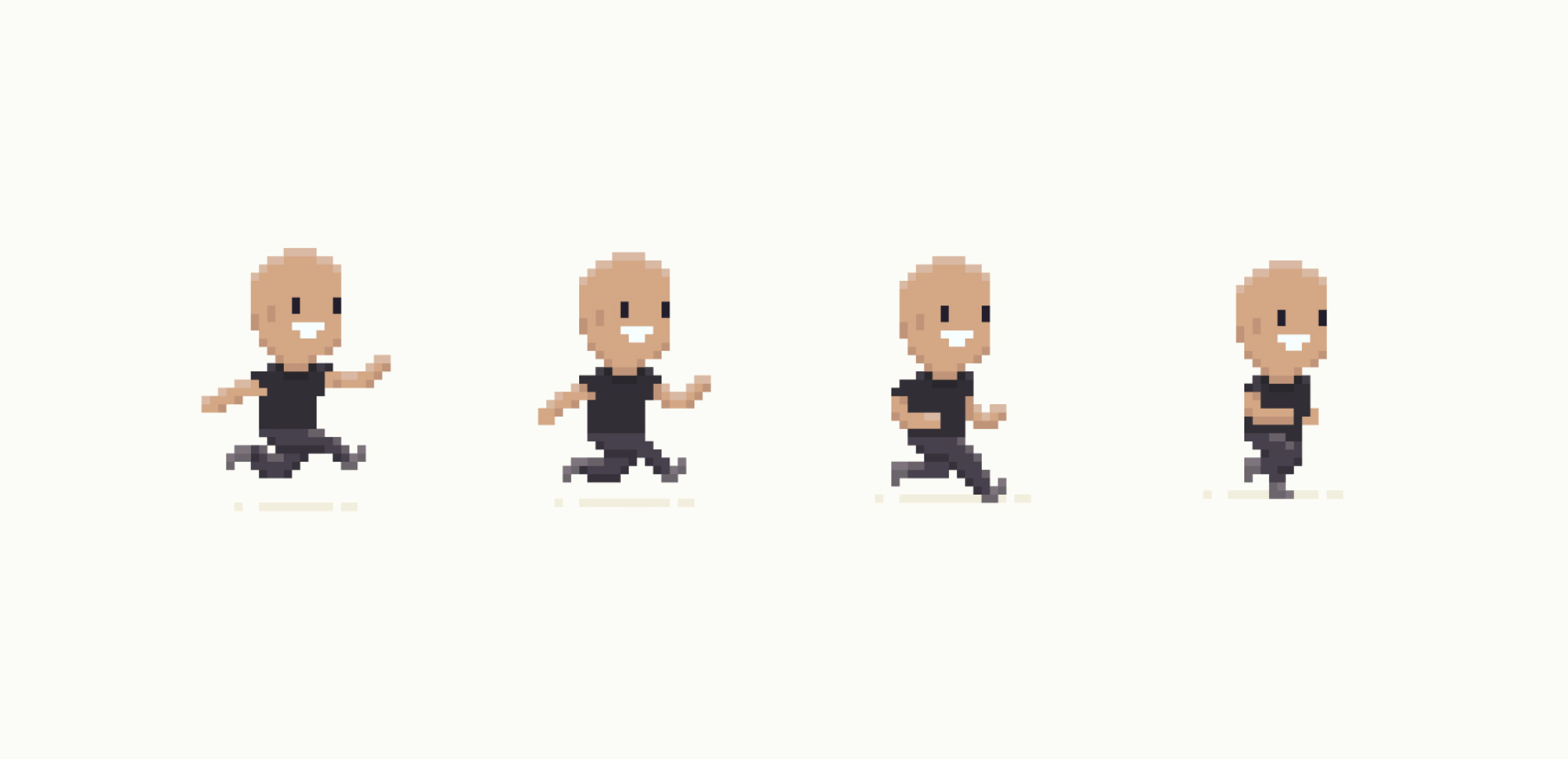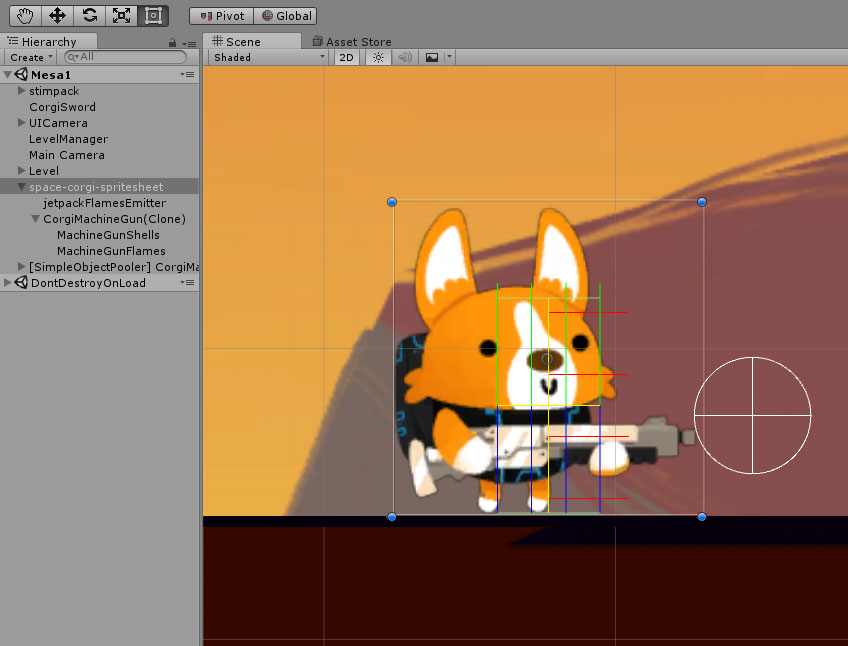
The latest generation of AI image generators do that using a process called diffusion. The next step is to actually render the AI-generated image. Once this is done, you have an AI that can interpret almost any prompt. By allowing it to process near-countless images, it learns what dogs, the color red, Vermeers, and everything else are. Billions of image-text pairs are used to train a neural network (basically, a very fancy computer algorithm modeled loosely on the human brain) on what things are. Most AI image generators work in a pretty similar way. Seriously, the only real limits are your imagination, the AI image generator's ability to comprehend your prompt, and any content filters put in place to stop bad actors flooding the internet with AI-generated violence or other NSFW content.


I made this with DALL♾ 2 using the prompt "an impressionist oil painting of a Canadian man riding a moose through a forest of maple trees" This opens up some wild possibilities, since your prompt can be anything from "an impressionist oil painting of a Canadian man riding a moose through a forest of maple trees" to "a painting in the style of Vermeer of a large fluffy Irish wolfhound enjoying a pint of beer in a traditional pub" or "a photograph of a donkey on the moon." The best AI image generatorsĭALL♾ 2 for an easy-to-use AI image generatorĭreamStudio (Stable Diffusion) for customization and control of your AI imagesĪI image generators take a text prompt and then turn it-as best they can-into a matching image. It's worth taking a few hours to play around with one of these text-to-image AI apps-even just so you can appreciate them from a technical perspective. Instead, I'll focus on the fact that these AI image generators can now produce fascinating results from written prompts. I'm going to try to avoid the thorny discussions around artistic merit and copyright infringement in training data. That's about as long as anyone realistically has been thinking about these tools, and it's really exciting for me to see how far they've come.

I've been writing about AI image generators since Google Deep Dream in 2015.


 0 kommentar(er)
0 kommentar(er)
